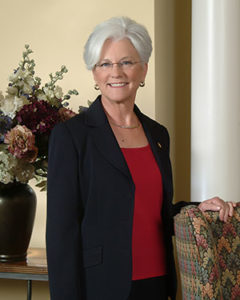Podcast: Play in new window | Download
Quotes & Notes:
 For me it was always mostly about the relationships and finding ways to help our patients make healthy choices for themselves, finding ways to help them see possibilities and act on what they really know about themselves.
For me it was always mostly about the relationships and finding ways to help our patients make healthy choices for themselves, finding ways to help them see possibilities and act on what they really know about themselves.- When I learned to listen better, I had to do a lot less talking. The education piece that I was taught in my clinical training is so much easier when I first take the time to really listen. And that is what staying in the question is all about.
- We really are much more confident accessing our knowledge but accessing your ignorance is that recognition that there’s always more to learn.
- I hear practices that say, I did the co-discovery…co-discovery is an ongoing process; it’s always happening.
- I’ve learned that if I say to the patient, I’m noticing some wear patterns, where do you suppose those might be coming from, do you have any idea why your teeth are worn? It’s questioning that invites them to think about it a little bit.
The only guideline (for the partner interview exercise) is that every other question you ask should be based upon their response to the previous question.
- What that exercise does is it forces you to stay in the question. Then the person who is being interviewed is the person leading the conversation. And the person doing the interview is following their lead.
- That is a gift with the hygienist to build a relationship with the patient, and it does communicate to the patient we care about you as a person, not just a set of teeth.
- It’s more about your intention and attention than it is about how much time you have in an interview.
- “Patients carry their own doctor inside. They come to us not knowing that truth. We are at our best when we give the physician who resides within each patient a chance to go to work,” Dr. Albert Schweitzer.
If you would like to learn more from Mary Osborne, you can go to http://www.maryosborne.com/ or email her at [email protected]. Be sure to check out her workshops.





